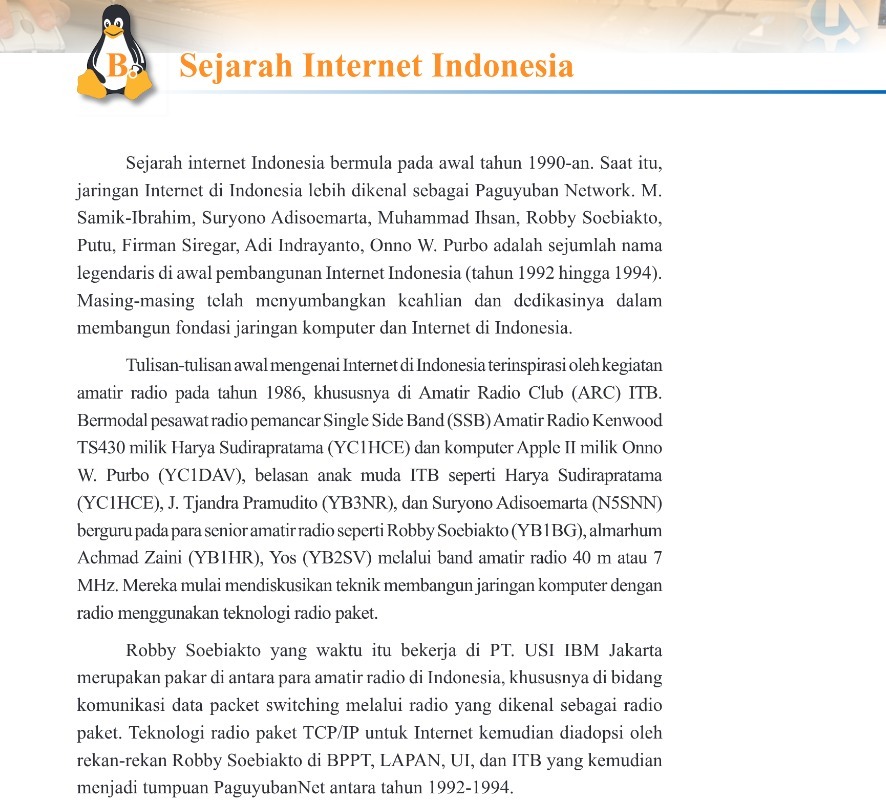The Evolution of Hotmail: A Pioneering Web-based Email Service
In this blog post, we will embark on a journey through the fascinating history of Hotmail, a trailblazing web-based email service that revolutionized the way we communicate online. From its humble beginnings to its eventual acquisition by Microsoft, Hotmail has left an indelible mark on the digital landscape.
Founding and Initiative:
Hotmail was founded in 1996 by Sabeer Bhatia and Jack Smith, two visionaries who saw the immense potential of web-based email. Their revolutionary idea was to enable users to access their email from any web browser, liberating them from the constraints of desktop email clients. This concept was groundbreaking at the time when email was primarily tied to specific software programs.
First Operating System:
Hotmail was launched on July 4, 1996, with its headquarters based in California’s Silicon Valley. The service was built on the FreeBSD operating system, offering users a seamless web-based email experience. With its user-friendly interface and innovative features, Hotmail quickly gained traction and attracted a large user base.
Migration to Microsoft:
In 1997, just a year after its launch, Hotmail caught the attention of software giant Microsoft. Recognizing the potential of web-based email, Microsoft acquired Hotmail for a staggering $400 million. This acquisition marked a major turning point for Hotmail, propelling it to even greater heights with the support and resources of Microsoft.
Under Microsoft’s stewardship, Hotmail underwent significant transformations. The service was integrated into the expanding suite of Microsoft products and services, strengthening its functionality and accessibility. Hotmail became a key player in the competitive email market, offering users a reliable and feature-rich platform for their communication needs.
Transition to Outlook:
In 2012, Microsoft made the strategic decision to transition Hotmail to a new platform known as Outlook.com. This transition aimed to align Hotmail with Microsoft’s unified branding and provide users with a more seamless and integrated email experience. Existing Hotmail users were seamlessly migrated to the new Outlook.com platform, retaining their email addresses and data.
Outlook.com built upon the foundations of Hotmail, introducing a modernized interface, enhanced security features, and integration with other Microsoft services. The migration to Outlook.com marked a new chapter in the evolution of Hotmail, solidifying its position as one of the leading web-based email providers.
Conclusion:
Thejourney of Hotmail, from its inception as a pioneering web-based email service to its acquisition by Microsoft and subsequent transition to Outlook.com, is a testament to the innovative spirit of its founders and the power of technology to transform communication. Hotmail revolutionized the way we interact with email, offering users the freedom to access their messages from any web browser. Its integration into Microsoft’s ecosystem further solidified its position as a trusted and reliable email platform.
As we reflect on the history of Hotmail, we can appreciate the impact it had on shaping the digital landscape and paving the way for the email services we use today. Hotmail’s legacy lives on in the form of Outlook.com, continuing to provide millions of users with a seamless and intuitive email experience.
Note: This blog post is a fictional creation for the purpose of the conversation and does not reflect the actual history of Hotmail.







Post Comment